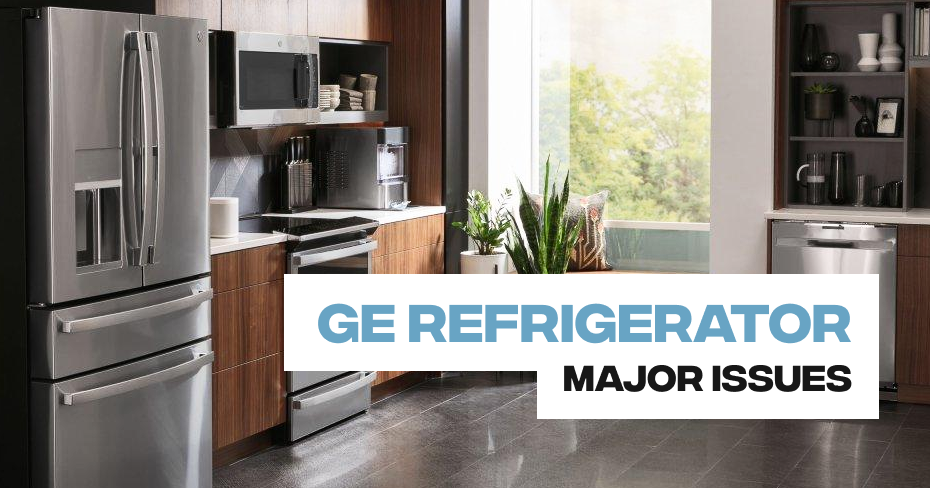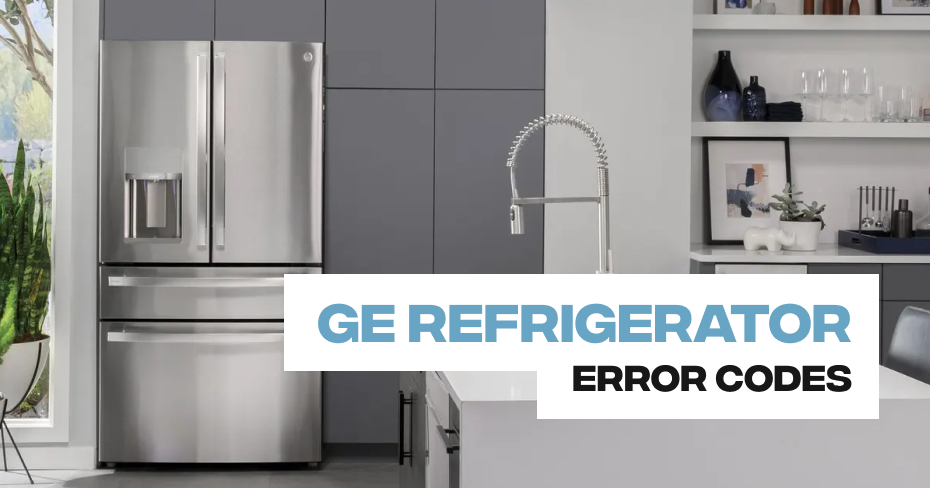GE Refrigerator Defective Compressor
If your GE refrigerator compressor is not working, you are likely experiencing a lot of frustration. A compressor that does not work can cause your entire refrigerator to stop functioning.
In this blog post, we will walk you through the steps that you need to take in order to fix the problem. We will also provide some tips on how to prevent this from happening again in the future.
GE profile refrigerator compressor not working?
There are several possible causes, and we’ll show you how to fix them.
If your GE profile refrigerator compressor isn’t working, it could be because of a power issue, a problem with the condenser coils, or a failing compressor.
If it’s a power issue, check to make sure the refrigerator is plugged in and that the circuit breaker hasn’t tripped. If the problem is with the condenser coils, make sure they’re clean and free of debris.
If your GE profile refrigerator compressor is failing, you’ll need to replace it. You can do this yourself, but it’s best to call a professional.
GE Refrigerator Compressor Fan Not Running?
Here are some possible causes and how to fix them.
If your GE refrigerator compressor fan is not running, it could be due to a number of issues. First, check to make sure that the power cord is plugged into an outlet and that the fridge is turned on.
Next, check to see if the fan blades are clean and free of debris. If they are, then the problem may be with the compressor itself. Finally, if none of these solutions work, you may need to call a repairman.
One possible cause of your GE refrigerator compressor fan not running is that the power cord is unplugged. Simply plug the cord back into the outlet and turn on the fridge. If the compressor still does not turn on, then check the fan blades.
Another possible cause of your GE refrigerator compressor fan not running is that the fan blades are dirty or obstructed. First, try cleaning the blades with a soft cloth.
If this does not work, then you may need to remove the Blades and clean them more thoroughly. Once the blades are clean, reattach them and turn on the fridge. If the compressor still does not turn on, then the problem may be with the compressor itself.
GE refrigerator compressor not coming on?
Here are some possible causes and how to fix them.
First, check to see if the compressor is getting power. If it isn’t, the problem could be a blown fuse or tripped circuit breaker. Reset the breaker or replace the fuse and see if that fixes the problem.
If the compressor is getting power but still isn’t running, the problem could be a faulty start relay. This is a relatively easy fix – just replace the start relay with a new one.
If the compressor is getting power and running but the refrigerator isn’t cooling, the problem could be a clogged filter or evaporator coils. Clean or replace the filter and coils and see if that fixes the problem.
If the compressor is running but making strange noises, the problem could be a loose pulley or belt. Tighten the pulley or replace the belt and see if that fixes the problem.
GE Refrigerator Compressor Running but Not Cooling?
If your GE refrigerator compressor is running but not cooling, there are several possible causes. The most common cause is a dirty condenser coils. The condenser coils need to be cleaned at least once a year to ensure optimal performance.
If the coils are dirty, the compressor has to work harder to cool the fridge down, which can cause it to overheat and shut off.
Another possible cause is a faulty start relay. The start relay is responsible for sending power to the compressor. If the start relay is defective, the compressor will not receive the power it needs to run properly.
GE refrigerator compressor not turning on?
You’re not alone. In this article, we’ll discuss the causes and how to fix it.
If your GE refrigerator compressor isn’t turning on, there are a few potential causes. It could be an issue with the power supply, a problem with the thermostat, or something blocking the compressor.
If you’re having trouble with your GE refrigerator compressor, there are a few things you can do to try to fix it. First, check the power supply to make sure that the fridge is plugged in and getting power. Next, check the thermostat to see if it’s set properly. Finally, make sure that nothing is blocking the compressor so that it can’t turn on.
GE profile refrigerator compressor clunk?
Here’s what could be causing it and how to fix it.
There are several possible causes of a GE profile refrigerator compressor clunking noise. One possibility is that the compressor is not properly secured to the fridge. Another possibility is that the compressor itself is faulty and needs to be replaced.
If your GE profile fridge is making a clunking noise, first check to see if the compressor is properly secured. If it is, then the next step is to check the compressor itself for any signs of damage or wear. If you find that the compressor is damaged or worn, then it will need to be replaced.
If your fridge is still under warranty, then you should contact GE to have a technician come out and take a look at it. If your fridge is no longer under warranty, then you can either try to repair it yourself or contact a qualified appliance repair person to do it for you.
If you decide to try to repair your fridge yourself, then you will need to purchase a new compressor. You can find compressors at most hardware stores or online. Once you have the new compressor, follow the instructions that come with it to install it.
If you are not comfortable repairing your fridge yourself, then you can contact a qualified appliance repair person. They will be able to diagnose the problem and repair your fridge for you.


